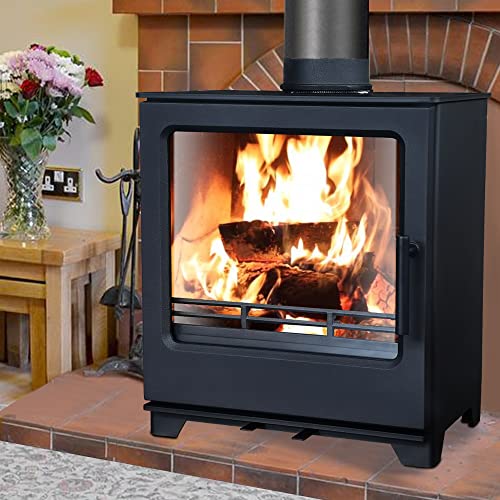What to Look For in a Wood Burner Clearance Sale
Efficiency
If you're in search of the best wood burner clearance sales be sure to consider the efficiency of the appliance. A wood burner's overall efficiency measures how much heat is absorbed into your home instead of going up the chimney. This directly affects the amount of firewood you purchase and how often you burn it. EPA certified stoves are required to show the efficiency of combustion and overall heating. To get wood burning stoves small for your money, search for a wood stove with an EPA-certified overall efficiency of at 70% or more. More efficient means less waste and less money on fuel. This means less time spent stacking and chopping wood, as well fewer trips to the wood pile in winter snow storms. This means more time for cosy evenings by the fire.
Safety
The majority of wood stoves that are sold today have been tested for safety. very small wood burner that have not been tested include stoves that are used, stoves built in small welding facilities and antique stoves. The majority of insurance companies will not protect homes with appliances that are not certified.
A stove that is certified will have an inscription that indicates the minimum distance between the stove and combustible surfaces like walls and furniture. This information is also contained in the instructions for installation provided by the manufacturer. Additionally the test results of the manufacturer will show whether the stove is in compliance with the fire resistance standard.
Even with the proper clearances the wood-burning tools could be hazardous. Children should be kept out of the tools and never remain in a room where a wood stove is being used. They can be surprisingly hot, and can burn skin and clothing in just a few seconds. Also, be sure to unplug the tool when you aren't making use of it.
Fire safety isn't only about construction materials. It also covers cleaning products and rags kept close to a stove. Keep curtains, blankets and throws away from the open space of the stove.

The clearances specified above can be reduced with the help of appropriate shielding. However, you must consult the recommended clearances of the manufacturer and always err on the side of caution. If you're unsure of the safety of a certain shielding material, consult your local inspector or building control officer to ensure it's in compliance with current regulations for fire safety. Installing smoke and carbon dioxide detectors around the stove is an excellent option.
